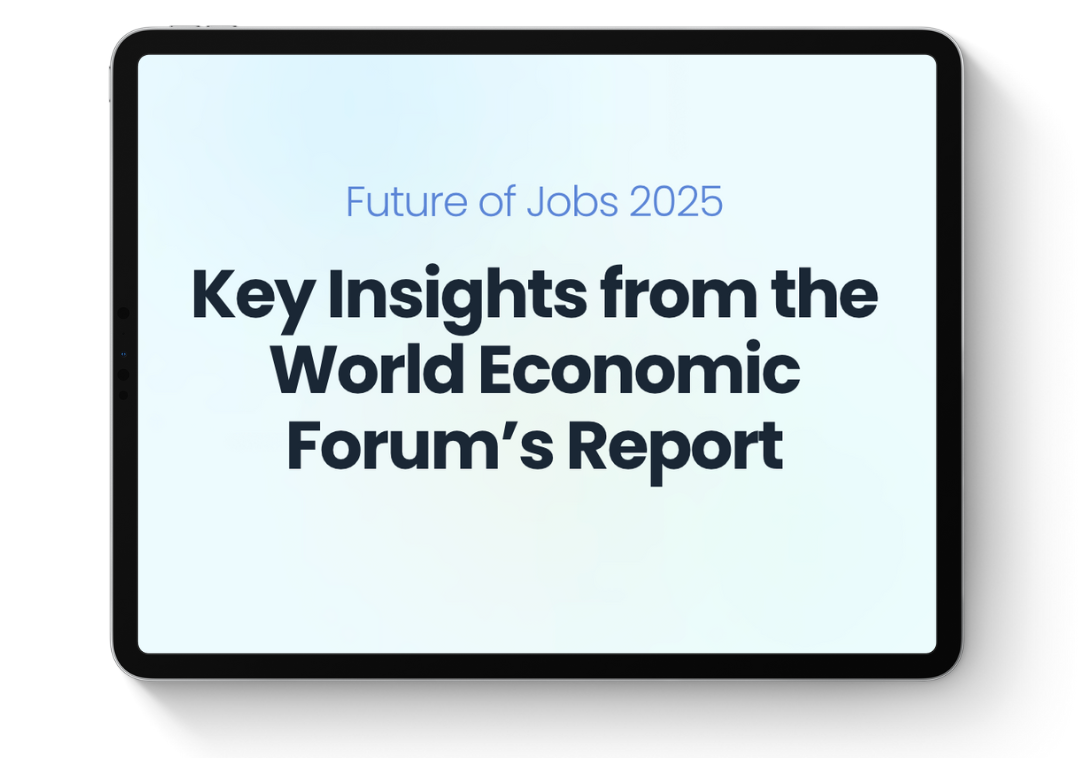Discover why 73% of companies will rely on AI-powered freelancers in 2025—and how to unlock their potential today.
Why AI + Freelancers Are the Perfect Match
The demand for AI expertise is skyrocketing, but many companies are hitting walls with traditional recruiting. Three out of four employers cite AI skills as a top hiring priority, yet struggle to find the right talent. Specialized freelancers can close this gap instantly.
Meanwhile, data shows that nearly half of full-time employees already rely on freelancers to bridge knowledge and skill gaps—especially in GenAI. The result: teams get targeted support without the delays or costs of full-time hiring cycles.
What AI-Augmented Freelancers Can Deliver
Generative models like GPT-4, Claude 3, and Midjourney have become standard tools for modern freelancers. In practice, this leads to three key effects:
- Speed boost: A recent MIT study found that knowledge workers using GenAI completed tasks nearly 40% faster without compromising quality.
- Quality uplift in repetitive tasks: GPT-based assistants helped customer support agents improve productivity by 14% on average—34% for junior employees.
- Scalable innovation: Demand for GenAI modeling and data annotation on freelance platforms surged up to 220% between 2024 and 2025.
In short: AI copilots multiply impact—as long as they’re guided by people with the right skills.
ROI Drivers That Multiply
According to McKinsey, over 78% of businesses are already using AI in at least one function—and the number is rising. Combine that with flexible freelance talent and you unlock multiple ROI levers:
- Variable cost structure: You pay for outcomes, not downtime.
- Time-to-market in days, not weeks: AI-savvy freelancers require minimal onboarding.
- Risk mitigation: Stay ahead of fast-changing tech without accumulating outdated processes.
How to Unlock the Potential: A Roadmap
- Forecast skills quarterly: Map out your upcoming AI-driven skill needs (e.g., prompt engineering, fine-tuning, RAG pipelines).
- Build a curated talent pool: Include verified profiles, portfolio samples, and preferred AI tools.
- Establish unified workflows: Shared repos, prompt libraries, and QA checkpoints reduce revision cycles.
- Define GenAI governance: Set clear rules for data privacy, IP ownership, and human review requirements.
- Create a KPI loop: Track time savings, quality gains, and revenue impact in your sprint retros.
KPI Compact – What Matters Most
- Time-to-Skill: Days from request to first productive commit/text/insight.
- Cost per Outcome: Budget ÷ accepted deliverables; aim for ≥ 20% below FTE benchmarks.
- First-Pass Quality: Share of AI-assisted deliverables accepted without revision.
- Stakeholder NPS: Internal satisfaction score (goal: ≥ 8/10).
These four metrics are all you need to align CFO, CTO, and HR—without building a data graveyard.
Conclusion
AI copilots are only as strong as the humans who guide them. Freelancers bring the depth and flexibility that in-house teams rarely have. The combination of GenAI and expert freelancers drives speed, quality, and cost-efficiency—a competitive edge that translates into real results after just a few sprints.














































